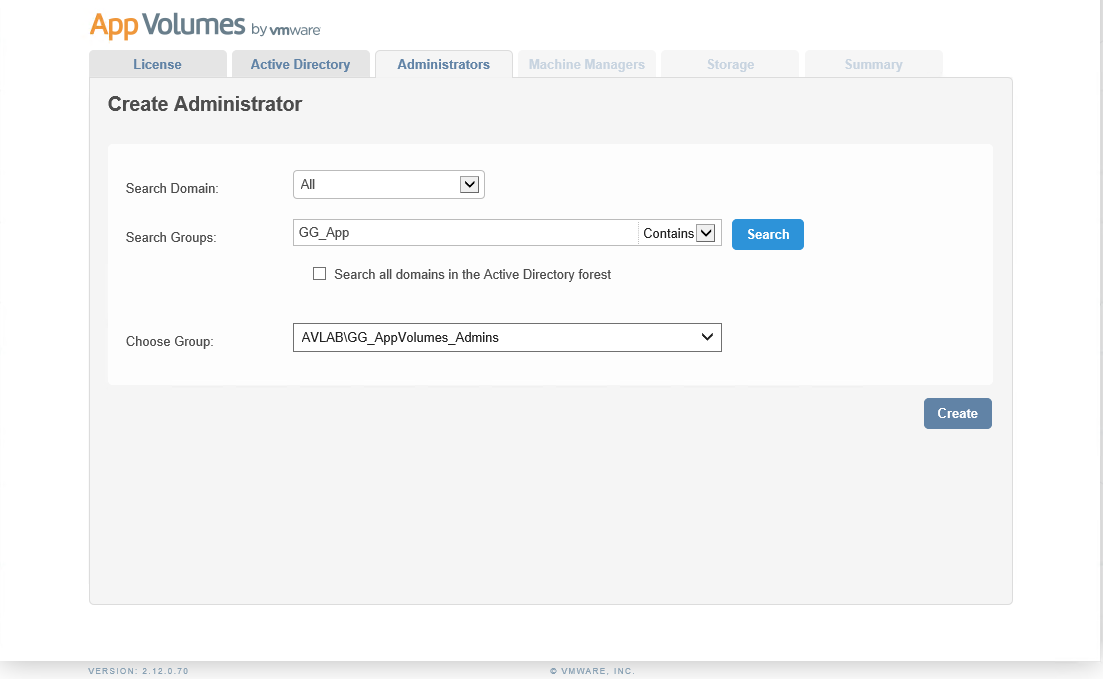
- #VOLUME MANAGER APP INSTALL#
- #VOLUME MANAGER APP FULL#
- #VOLUME MANAGER APP ISO#
- #VOLUME MANAGER APP WINDOWS#

Select the datastores and paths where App Stacks and user-writable volumes will be stored, and click Next to continue.Note: To view the permissions required by the service account, click the Required vCenter Permissions link at the bottom of the page. The system will verify your service account when you click Next you won't be able to proceed until a valid account has been configured. You'll need to provide the host name and credentials for a service account. To create the virtual disks for App Stacks, App Volumes Manager will need to access to vCenter.Select the group that will have administrative access to App Volumes, and click Next to continue.
#VOLUME MANAGER APP FULL#
If you only provide a domain name and service account credentials, App Volumes will automatically detect the domain controllers to use and will browse the full directory when looking for users, groups, and computers to attach App Stacks to. At a minimum, you need to have the fully-qualified domain name and a service account with read-only access.
#VOLUME MANAGER APP INSTALL#
#VOLUME MANAGER APP WINDOWS#
If the selected ports aren't open, the installer will configure the Windows Firewall to allow the traffic.

The defaults should be fine unless there are other Web applications running on the server. Select the network ports that will be used for communicating with the server.If we were using a remote SQL Server to host the database or working with multiple App Volumes servers, we could configure the database server information on this screen. Since we're using the SQL Server Express instance that we just installed, we'll accept the defaults by clicking Next. The first screen after the SQL Server Express install completes is for configuring the database options.The installation will install and configure SQL Server Express.For this walkthrough, select the "Install local SQL Server Express Database" and click Next. Select the SQL Server option you want to use.This will start the App Volumes Manager installation. Select the "Install App Volumes Manager" option and click Install.Accept the terms of the license, then click Next.

#VOLUME MANAGER APP ISO#
This is helpful, as the installation process isn't well documented when using a remote SQL Server.Īpp Volumes is distributed as an ISO file, so it will either need to be mounted to the VM or the contents will need to be extracted to a shared network location. SQL Server Express can be installed as part of the App Volumes Manager installation.

The primary component of an App Volumes infrastructure is the App Volumes Manager.


 0 kommentar(er)
0 kommentar(er)
